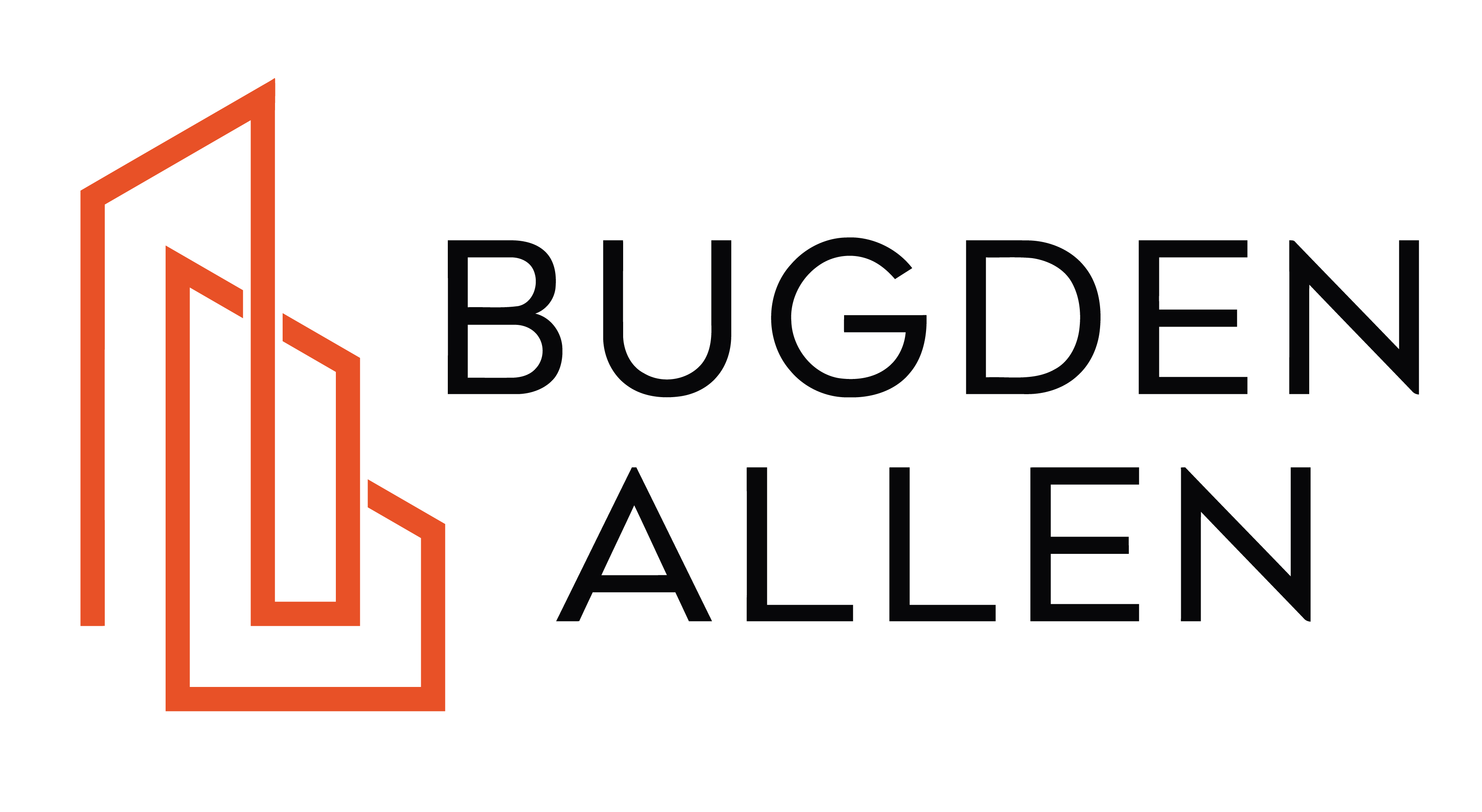Q: “How do we ensure bigger lots pay their fair share?”
Question:
One lot in our body corporate takes up 40% of the complex but only pays 14% of the insurance. Can we apportion the insurance premium so they pay their fair share?
Our CTS says that the lot entitlements are equal and based on market value. I have an issue with the unit that used to be owned by the developer. It has two kitchens and three bathrooms, is two separate buildings and is rented to two households. It takes up 40% of the 7-unit complex, but only pays 14% of the body corporate costs and insurance premiums.
The insurance premium is, by far, our largest cost. If I get the valuers, who set the replacement value of the complex for insurance purposes, to apportion this between the units, is it possible to use section 201 to apportion the levy for the insurance premium? If so, what resolution is needed? As the owners of the large unit also own another unit in the complex, even a special resolution would be defeated.
Answer:
Treat the disease rather than the symptoms – change the interest schedule lot entitlements!
The short answer is ‘No’. But there is (potentially) a better way… Before talking about that, we need to make sure our assumptions are correct! In particular:
-
- your scheme is regulated by the Standard Module (I infer this because of your reference to s201),
- we are talking about interest schedule lot entitlements (because they are mandated to be calculated by reference to market value), and
- the lots in your scheme were created by building format plan or building units plan (otherwise you would have already apportioned the insurance premium based on the reinstatement cost under s201(1)(b)).
If those assumptions are correct, you are better off, in my view, treating the disease rather than the symptoms – change the interest schedule lot entitlements! By the sounds of things, the large, special lot will be worth much more than the other lots in the scheme. You can apply to have the ISLE changed to properly reflect market value. Here is one of mine where I did exactly that for a client; Body Corporate for Platinum Commercial CTS 33636 v Body Corporate for Platinum CTS 33635 [2022] QCAT 240.
The result, if you change the ISLE, is not just limited to shares of the insurance premium – the ISLE also have a bearing on things like land tax liability and Council rates. When I help clients with this problem, we go through a process of:
-
- a ‘back of the envelope’ valuation process for all lots
- estimating changes to the ISLE based on those rough valuations
- estimating the savings / cost shifting based on the changes to the ISLE
- estimating the costs of the application to change the ISLE and
- calculating the ‘payback period’ based on savings per annum versus the once off application cost.
The ‘large unit’ owner may have two votes out of 7, but you only need one lot owner to apply to make the change to the ISLE. If the other five lot owners, you included, banded together, there would be significant advantages for all of you, including costs sharing and even increasing your chances of winning the application.
As for the alternative provided in your question, being a body corporate decision under s201(2) to adjust the lot owners contributions to the premium, while that decision can be made by ordinary resolution at a general meeting, it would not be defensible in my view, because the reason for adjusting the contribution to the premium is not a reason listed in s201(2)(a), (b) or (c)! The real reason is the cost of reinstatement is higher for the large lot, because there is more building to replace.
This article by Queensland Partner Michael Kleinschmidt first appeared in the StrataNews #704 weekly National Newsletter from LookUpStrata Pty Ltd.




